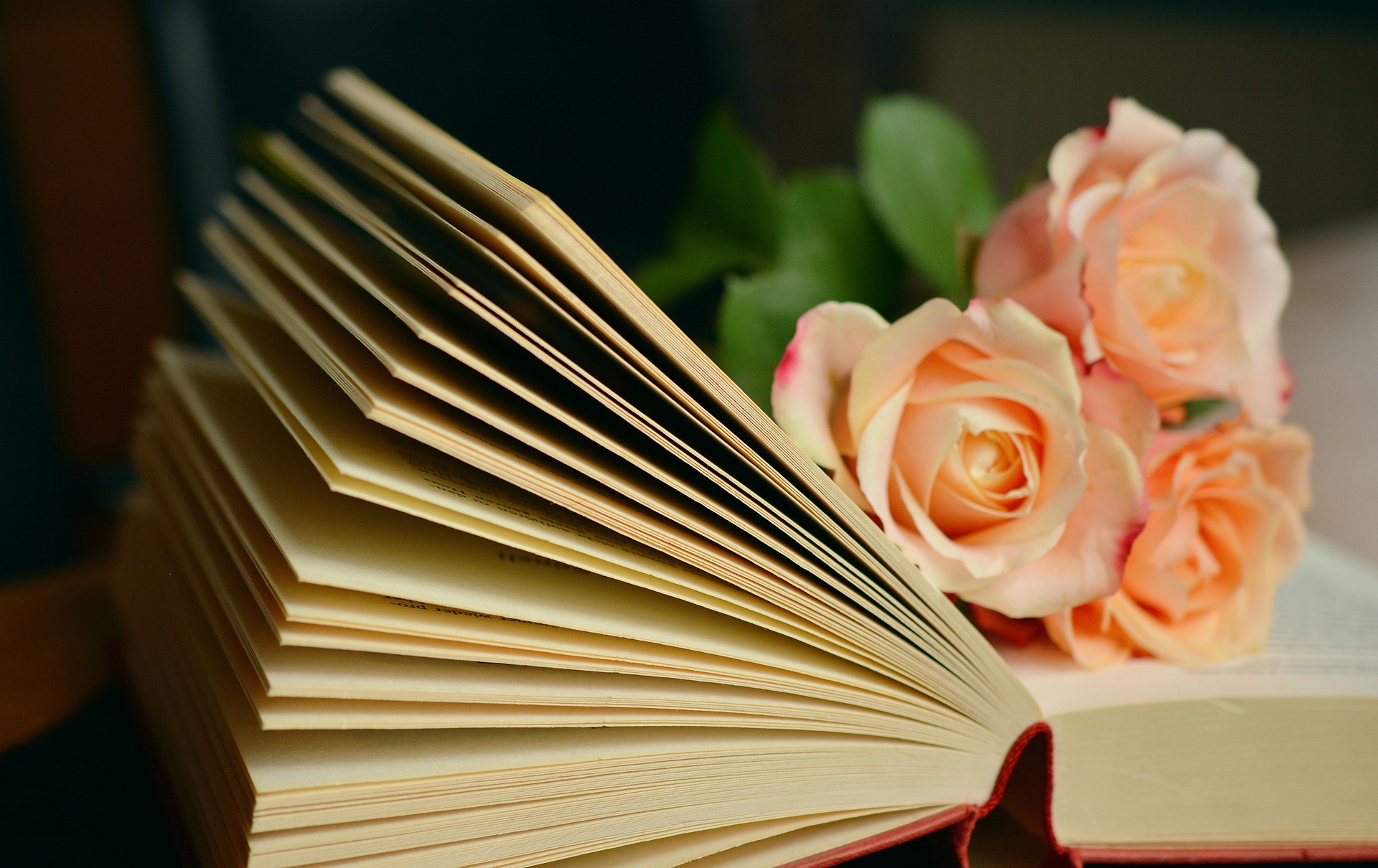Botanical Insight 💮
We are your trusted companion in the world of plant care and botanical wisdom. Here, we believe that every plant holds a story, and every blossom carries a deeper meaning. Whether you're nurturing a delicate orchid, cultivating a lush indoor jungle, or exploring the symbolic language of flowers, we provide the knowledge, tips, and inspiration to enrich your journey.
Plants have formed our world in ways mostly unnoticed by us.
🕮 We have read: Fifty Plants That Changed the Course of History by Bill Laws
A delightful treasure trove for the curious about how plants have shaped our world. Each chapter bursts with surprising stories-from humble herbs that sparked global trade routes to everyday crops that fueled empires, revolutions, and scientific breakthroughs. With its beautiful illustrations and tone so inviting, almost conversational, it feels like wandering through a museum where every exhibit has a secret to reveal.
It is not a heavy textbook but rather an enjoyable journey through time with surprising facts and unexpected twists. Perfect for plant lovers, history aficionados, or anyone who enjoys learning how the most ordinary green things can have extraordinary stories.
Fifty Plants That Changed the Course of History delves into this hidden world and brings forth remarkable stories about the leaves, roots, and blossoms that helped shape humanity's path. We highly recommend this one!
Don't know what to read? Look here! ➡️
The flowers of India
Explore India's most significant flowers, all in one video. India is a place full of spirituality, meaning, and personality! A journey that begins with the lotus flower and ends with basil, yes you heard that right—basil. Take a look and fall in love with the ancient flowers that India has rooted in its culture since time immemorial.
A Tradition of Giving Flowers
Valentine's Day, celebrated on February 14th, is one of the most romantic days of the year, dedicated to expressing love and affection. One of the most enduring traditions of this holiday is the giving of flowers. But why do we associate flowers with love, and how did this tradition come to be?
The Flowers of the Middle East
Flowers are not only admired in gardens but are also deeply embedded in Islamic art, carpets, and calligraphy. Due to Islamic restrictions on depicting human figures, floral motifs became a major artistic expression, seen in: Mosque decorations (e.g., the floral tiles of the Blue Mosque in Turkey), Persian carpets and textiles, and illuminated manuscripts.
The Timeless Romance of Wedding Flowers
Flowers have long been the silent but grand storytellers of love. Their delicate petals and enchanting fragrances have graced countless weddings, weaving beauty and symbolism into every celebration. In the world of weddings, flowers aren't just decorations—they are expressions of love, the weight of promises, and the unfolding story of two people becoming one.
The Flowers of the Four Seasons
China, a country with a rich cultural and botanical heritage, celebrates its deep connection to nature through the symbolism of seasonal flowers. Each season in China is associated with specific blooms that reflect the beauty, resilience, and changing moods of the year. These flowers are cherished not only for their aesthetic value but also for their cultural and historical significance.
Flower in Perfume, Nature's Masterpieces
Flowers have been nature's most captivating storytellers, and when it comes to perfume, their role is nothing short of magical. For centuries, flowers have been the heart of perfumery, their delicate petals yielding enchanting fragrances that evoke emotions, stir memories, and create a sensory connection with nature.
The Flowers of Easter
Easter is a holiday celebrated by millions around the world, marking the resurrection of Jesus Christ in Christian belief. The season is often associated with themes of renewal, rebirth, and hope. Among the many symbols that represent the joy and significance of Easter, flowers play a central role in decorating homes, churches, and gardens.










 Do you need a new flower pot?
Do you need a new flower pot?